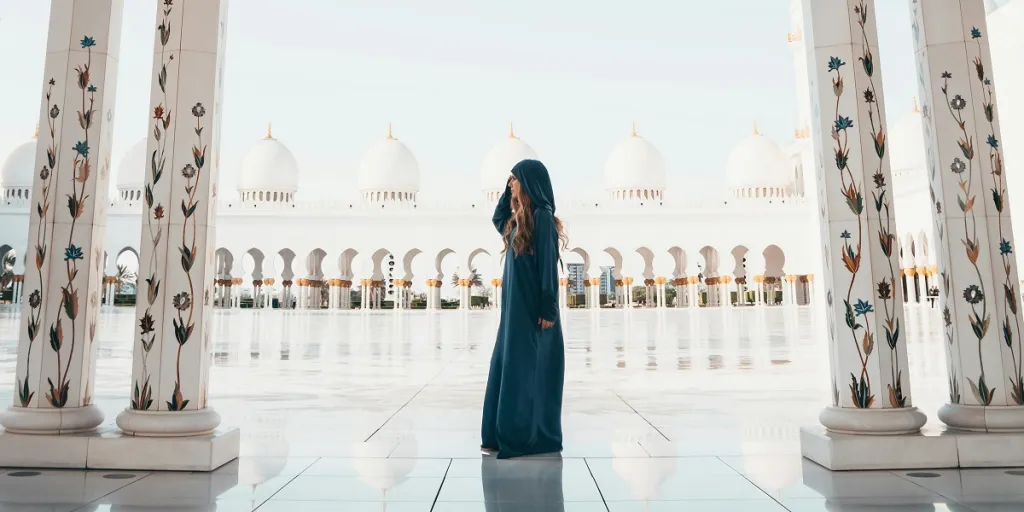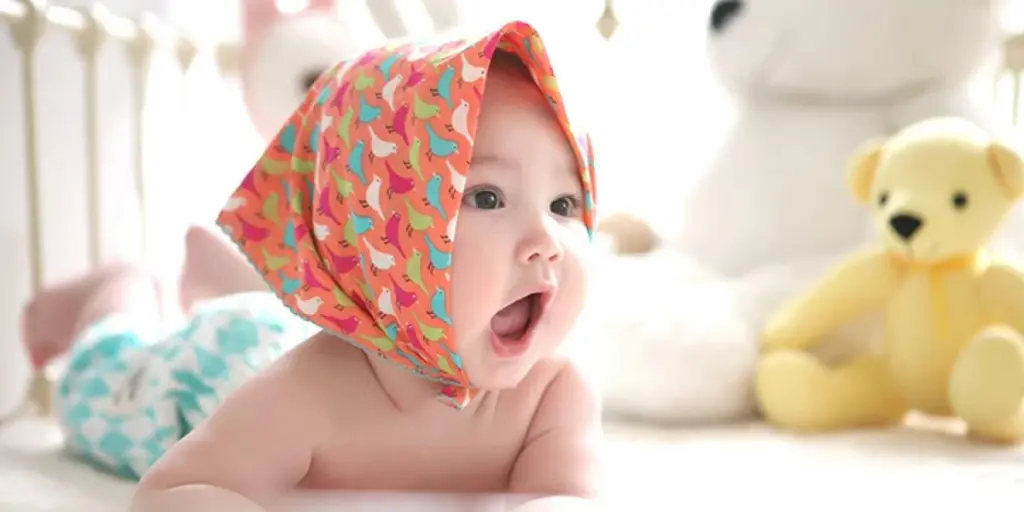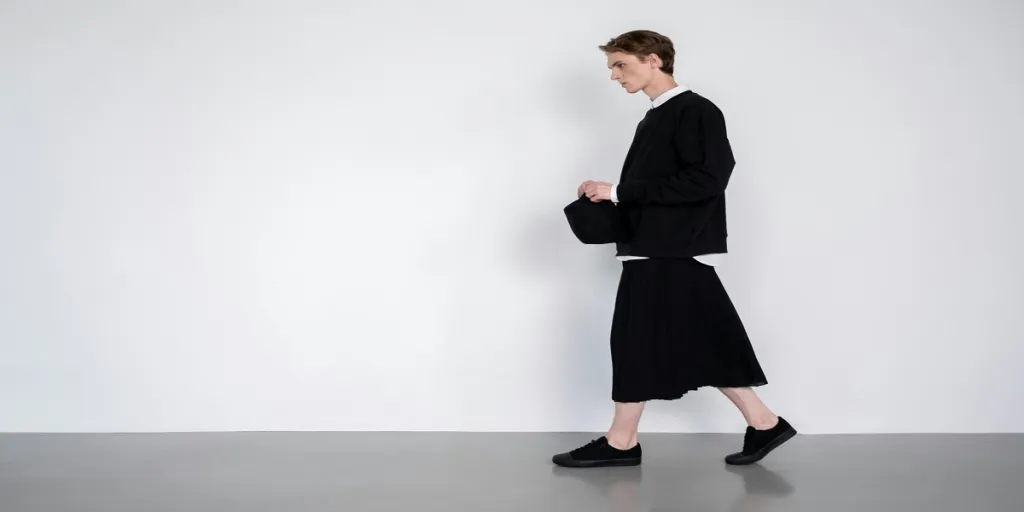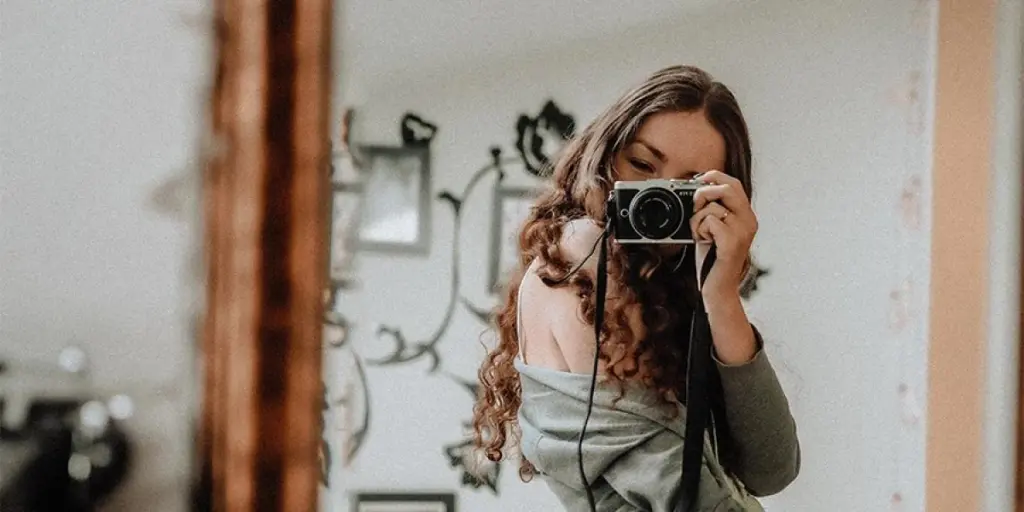Trims and details are fashion fittings that can add value to men’s clothing by giving it a customized and unique appeal. The spring/summer 2023 season will see customers interested in fittings that balance simplicity with practicality. These are the trendy men’s trims and details businesses should invest in this season.
Table of Contents
What influences the men’s clothing market this season?
Men’s trims & details trends for spring/summer 2023
Attract menswear customers with ethical sourcing
What influences the men’s clothing market this season?
The global revenue in the men’s apparel market amounts to USD 499.80 billion in 2022, with an expected compound annual growth rate (CAGR) of 5.63% from 2022 to 2026.
One of the recent trends in the menswear industry is the rising demand for customization in clothing. Trendy trims and details are fittings that can be used to help give men’s clothing a unique and custom feel.
Furthermore, a growing environmental consciousness in the industry has encouraged several leading brands to introduce ecological clothing made from organic materials, such as cotton, linen, wool, or silk. Consumers are also increasingly interested in clothing that is made in the most ethical and eco-friendly way possible so they can make steps towards reducing their environmental footprint.
Men’s trims & details trends for spring/summer 2023
Deconstructed details
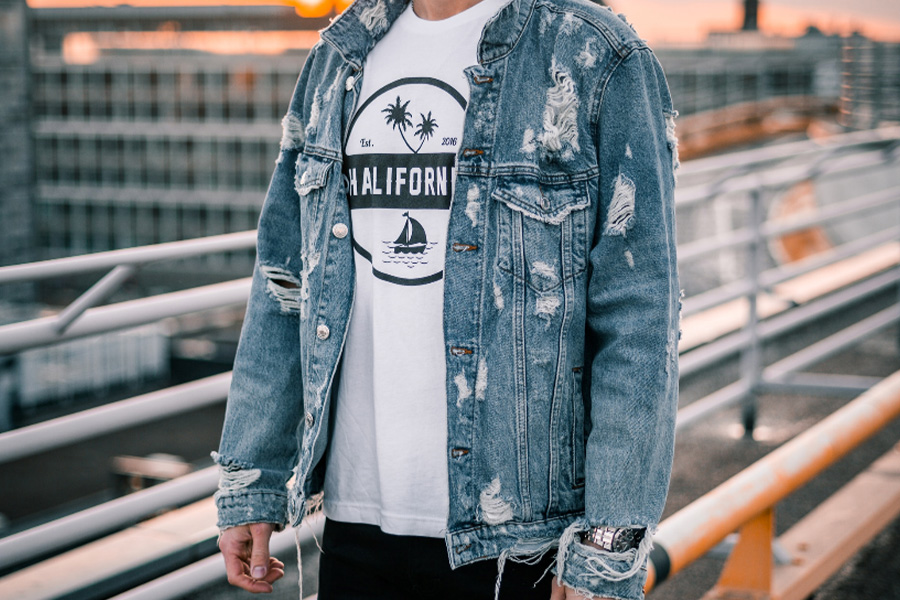
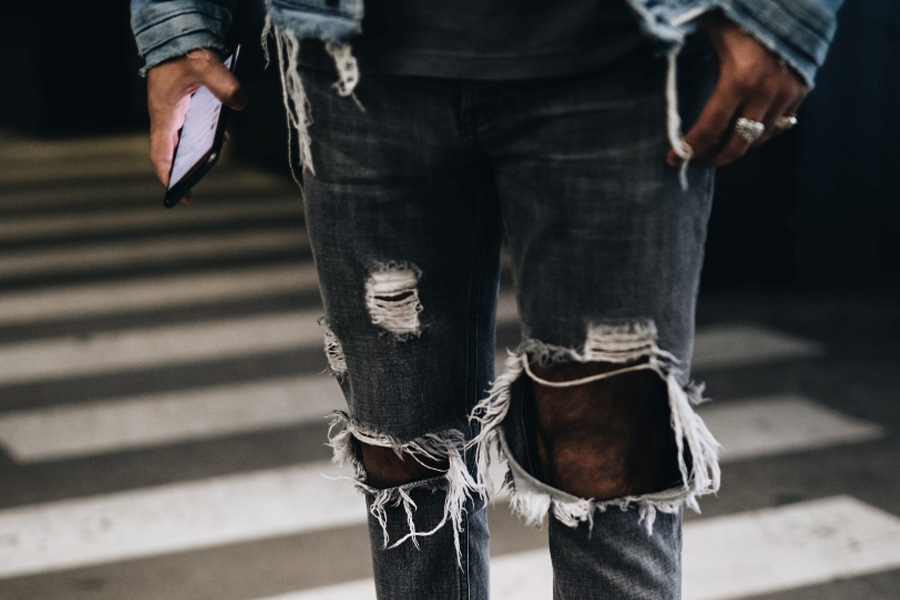
Deconstructed details create new silhouettes in men’s clothing this spring/summer 2023 season. Items that are collection essentials are given an update with raw edges and distressing.
The deconstructed trend provides an opportunity to reduce environmental damage by using leftover or deadstock fabrics to patch over classic shapes and bases. These refreshing patched fabric designs were seen on runway models at Yohi Yamamoto and JW Anderson. Existing menswear styles were also altered with unfinished hems to create a new shape or layered to reveal multiple patterns and colors underneath. For men’s pants specifically, frayed rips were used to expose knees or parts of the legs.
Side fastenings
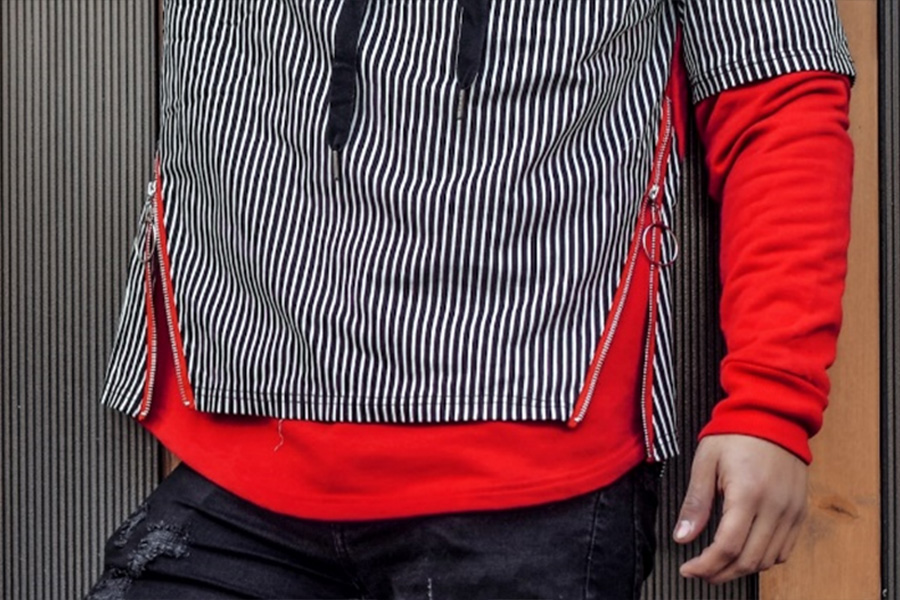
This spring and summer season, exaggerated side fastenings are applied to garments to achieve an edgy and asymmetrical look. Asymmetric men’s clothing plays with form and shape in a way that can use fewer components without compromising on a bold statement.
Side fastenings can be applied all along men’s asymmetric clothing to draw the eye in different directions down the body. Double-ended zips are great for giving layering pieces an extra level of functionality, while adjustable side fasteners support gender inclusivity since the garment does not need to be tailored to any particular body shape.
For an eco-friendly approach, opt for plating and finishing on metal hardware that requires minimal processing or simple poppers and snap closures on jackets and trousers. As seen at Emporio Armani, closures can even be created in the same material as the body fabric for a mono-material design.
Tied up trims
Function and decoration were combined on the catwalks for spring and summer 2023. Tapes, cords, and ropes were integrated into menswear pieces to add decoration or give garments extra versatility.
While added features like a ruched sleeve can be used to bring extra shape and surface interest to men’s clothing, customizable or removable trims can also enable a garment to be altered to suit different conditions. Customers may be interested in trims that allow for modular design, such as detachable sleeves or hoods, or adjustable elements, like altering the length of jackets or trousers.
To support circularity and mono-material designing, men’s clothing with ropes, tapes, and cords that match the base fabric will contribute to better quality products for onward recycling. For businesses with sustainability commitments, sourcing certified low-impact fibers for tied up trims will allow for an environmentally friendly approach.
Statement pockets
This season, men’s clothing with pockets make a practical yet stylish statement. Utility pockets in tonal shades or contrasting colors add decoration and function to tops, jackets, and pants.
A mixture of pocket sizes can be applied all over garments to give a utilitarian feel, as seen at Dolce & Gabbana. Modular design can also be integrated with interchangeable pockets, while slanted pockets are an option for adding extra style to classic looks, such as cargo pants.
To minimize waste during production, men’s clothing with pockets should be manufactured with mono-material bases. Placing patterns on the fabric when cutting is another way to maximize the use of surrounding space for extra pockets.
Concealed closures
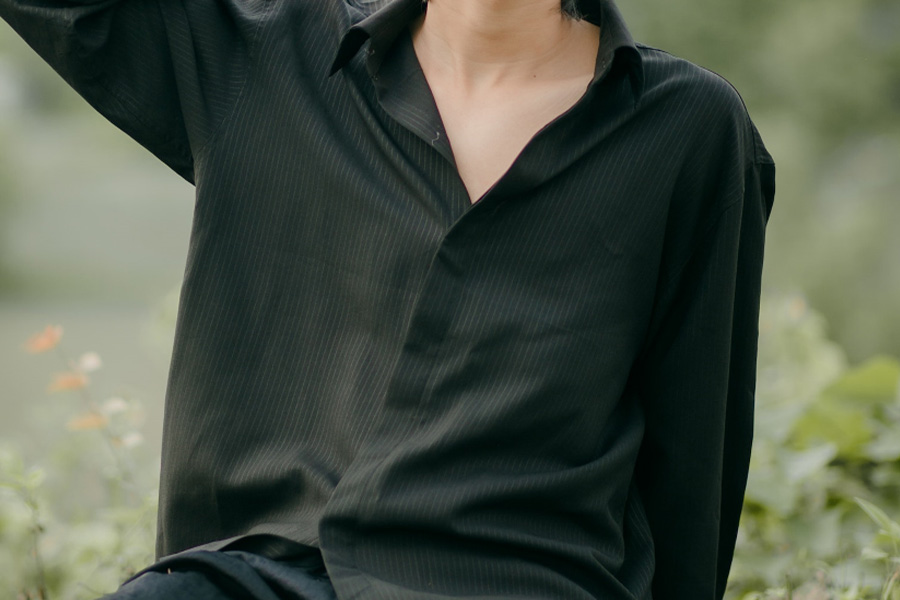
Simple trims and details with hidden closures allow men’s clothing to have a clean finish this upcoming spring and summer. Concealed closures help draw attention to the base quality and shape of the garment.
Hidden closures on men’s clothing are great for highlighting geometric edges and clean lines. Concealed button-up plackets were popular among many fashion designers this season. Louis Vuitton also integrated interchangeable accessories for versatility and adaptability to different looks, while Études and Labrum London used crafted closures for decorative purposes.
Businesses are advised to invest in simple finishes for hidden closures, such as natural materials derived from wood, cork, bamboo, horn, corozo, or coconut. Recycled polyester buttons are another staple that tends to return season after season.
Attract menswear customers with ethical sourcing
There are several key trim and detail trends in men’s clothing for the spring and summer 2023 season. Practical modular designs with adjustable side fastenings, tied trims, and statement pockets bring functionality to the forefront. Alternatively, deconstructed details and concealed closures give texture and sleekness to pieces for a fresh spin on classic items of the season.
As circularity becomes the ultimate goal in the fashion industry, businesses should respond by minimizing the number of materials used in combination on a garment. Businesses are also advised to pursue quality, low-impact solutions that prioritize water, energy, and chemical-saving processes. By offering thoughtful modular design and eco-friendly solutions that do not compromise on style, customers will be inspired to invest in staple products that promote longevity.

